Who do you think of when you think about revolutionary movements?
Martin Luther King?
Harvey Milk?
Emily Davison?
What about Paul Hunt? Vic Finklestein? Ken & Maggie Davis?
The names of King, Milk and Davison are instantly recognisable and synonymous with taking critical roles in resisting the oppressions society inflicted upon their communities. The movements they were part of punched through the structures and institutions of oppression; and transformed societies forever.
And this is exactly the same for Hunt, Finklestein and the Davis’s. For many disabled people, and for disability rights activists in particular – the efforts of this small group of activists revolutionised a community long held in chains by discrimination, exploitation and sheer ignorance. Their work didn’t begin or end the battle for disability rights; but their efforts did ‘break the skin’. Their energy collective provided the tools – a political critique and a new narrative, self-organising structures, an understanding of movement building and a fearlessness in standing up to those who held power over them – that future generations would develop and sharpen with incredible skill.
Before we go further into their story, which begins in the late 60’s/early 70’s; let’s take a crash course in exploring the lives for ordinary disabled people in the UK at the time.
A quick history lesson
The Industrial Revolution of about 200 years before had seen mass migration from the countryside to fast developing town and cities in order to meet the demands of the factorisation of the workforce. Swathes of people who previously worked in family units on farms or as carpenters, bakers, tailors and so forth, left to get jobs in the new factories popping up everywhere. If you were a disabled person, the close knit family environment turning out goods often found a role for you even if it wasn’t the one traditionally laid down for you. For example, if you were a man who had a physical disability – let’s say a mobility issue – then while you couldn’t work the land or look after livestock; you could contribute to the household chores, looking after children, preparing goods for market etc. Your contribution was based on your abilities, often with conditions altered slightly to meet your support needs. This meant you had a home, a job, an income and a support network. If the family trade group prospered, so did you.
When factories came in, the requirements involved - such as the division of labour, repetitive activities, structured time-keeping - and harsh conditions meant disabled people couldn’t contribute to the workforce in the same way. It’s no coincidence watches and factories were popularised during the same period. Suddenly, there was an existing cohort of displaced, isolated disabled people without homes, jobs, income or support networks. The squalor people lived in these urban centres, and the tyrannical conditions of the first industrialised workplaces meant that more and more disabled people were joining this cohort every day.
There was no welfare state, no services, no infrastructure to address this. So the state in its wisdom turned to the ‘old faithful’s’ in dealing with those it had nothing for – the Church. Responsibility (and crucially, funding) was given to religious institutions to provide basic care (shelter, food, clothes) and medical services. Disabled people; specifically their disabilities, were viewed as a problem that needed to be fixed (given crutches, taught to sign etc) in order to be returned to society, or permanently excluded from it in these institutions. As many of these institutions received more and more funding for performing this service; this became the business model their cashflow depended on. In order for them to profit, they depended on a steady flow of ‘residents’ spending their lives under their roofs - isolated, marginalised, forgotten. And here, essentially they stayed. For about 200 years.
Yes, there were exceptions, for example, disabled people in wealthy families of the political, landed and business classes lived a different experience. There were also various attempts at self-organising in that period, such as the National League for the Blind and Disabled (1894) and the ex-servicemen’s march for rights in 1951. But as a rule of thumb, this was the life experience for many disabled people whose family either didn’t have the means or in many cases the will, to offer anything different.
There are people active in today’s movement whose early lives were lived in these institutions. They speak of not owning their own underwear of toothbrush, of years passed in dorms or grounds without ever leaving, of lives lived in an ever repeating Groundhog Day experience of at best neglect – at worst abuse and savagery. These long-stay residential homes, special schools and quasi-hospital became facilities for warehousing disabled people at vast expense to the tax payer, with a nod and a wink from a state ever willing to absolve itself from any responsibility.
The movement starts
And this was the landscape inherited by Hunt, Finklestein, the Davis’s and millions of others as the world erupted in liberation struggles. Hunt was a resident of one of these homes. He watched as ‘professionals’ controlled every decision about his life. Everything from what he ate and wore, where he went, who he spent time with, and who provided personal care - it was decided on by others. And the ‘others’ had serious financial interest in keeping the situation as it was. These services don’t come cheap, and the providers, still mostly religious/medical hybrids were receiving serious funding for what they did. Residents had no right to housing or services beyond their immediate surroundings. They had no control over the ‘fixes’ provided for their disabilities, or in the support they got. Disabled people were being segregated, neglected, abused, exploited and oppressed purely because of their disabilities. And Paul Hunt saw this. He wanted to have control. He wanted to make decisions about his life. He wanted the same rights and opportunities as his peers who weren’t living in these places. So he wrote letters to the papers, to people in other homes, anywhere he could. He called for the setting up of a form of consumer group, as service users. He started demanding to be included in decisions about him. And, again crucially, he demanded a say in how funding was spent. And he now wasn’t alone.
He was soon to connect with Vic Finklestein and the Davis. Finklestein was a South African anti-apartheid activist recently banished from South Africa following a prison sentence for his anti-government activities. Finklestein applied his understanding of oppression and discrimination to the conditions he found as a disabled person when he arrived in the UK.
Ken and Maggie Davis met at what is considered the birthplace of the modern Paralympics, Stoke Mandeville Hospital. Neither of them wanted to be part of the ‘residential housing’ system described earlier, so set about fundraising to buy land and develop a cooperative home which would have fully wheelchair accessible units as its core. The idea of Independent Living as we know it was brought to life in bricks, mortar and easily reachable kitchen sinks by their determination, determination and sheer will to live life on their terms.
The Fundamental Principles of Disability
Together and with others, they founded the Union of Physically Impaired Against Segregation – UPIAS. This network set about analysing what was happening to disabled people and why. They examined the root causes, and explored solutions.
Their analysis led to the development of the cornerstone document of disability rights; The Fundamental Principles of Disability. This document lays out the premise from which all future understanding of what disability is and isn’t; and how society responds to it.
It says, in short, that impairment and disability aren’t the same. That people are born with or have impairments of many kinds such as not being able to see or walk, but that they are disabled by the way society is organised. Think of two entrances to a local park. One has three or four steps from the street to get in; one is flat. A wheelchair user can get in one entrance but not the other. Not because they’re in a wheelchair, but because one has steps. It’s not their impairment that is disabling them – its society’s response to it. It was society that was the problem not disabled people. Society need to be fixed in order to address the exclusion, discrimination and barriers faced by disabled people. And that disabled people themselves were the people best placed to provide solutions to these barriers.
This new narrative transformed how disabled people would define our relationship with the world from then on. We understood how our oppression was formed, how it was institutionalised, how it manifested on a daily basis. More than that though, we now knew what we wanted.
Changes to the law, our own user-led organisations, access to funding, inclusion in decision making, support, technology, accessible housing, training and jobs – suddenly a raft of demands were made possible. A raft of potential futures vastly different from what had come before was possible.
The push for change
From this early movement came user-led organisations and campaigns. Most notably throughout the 80’s and 90’s was the Campaign for Accessible Transport (CAT), the Direct Action Network (DAN) and the Piss On Pity movement – targeted at the first televised charity drives which depended on literally wheeling out the ‘poor unfortunate handicapped children’ to pull at your heart and purse strings. Over 1000 disabled people turned out to shut down ITV during one of its broadcasts.
Using Direct Action tactics such as blocking roads, handcuffing themselves to trains and buses, causing mass disruption; these networks were a powerful example of collective strength. Disabled people saw themselves as freedom fighters, kicking back at a society which had forever shut them out and denied them a role. Now they wouldn’t be denied.
These high profile campaigns led to changes. Not the changes that were demanded, or needed. But some changes came. Laws, services, technological development, funding, cultural shifts - all coincided to improve the lives of many disabled people in the UK. They say ‘A rising tide lifts all boats’, and that was mostly true. Opportunities increased. Disabled people started to be seen out in public, in more work places, in schools, cinemas, restaurants. Slowly we were becoming part of the fabric of society. We were parents, colleagues, neighbours, friends. The internet arrived and generations of disabled people were connected to the each other and the world.
Enter the Conservatives
Then, in the UK in 2010, disabled people saw the Tory Party regain power and we knew what was coming after the financial crisis. The landed, political and business classes would attack ‘public spending’ as a means to moving public money into private pockets.
The Welfare State and public services would be plundered in order to fund the finance industry collapse. Banks would be bailed out, and we would be sold out. As the nature of disability means we use services more than the average person; when the state cuts those services, its disabled people who are among the first to feel it. Combined with an erosion of our rights, strangling of support to our organisations and the vilification of our community by the government – this has led to a huge step backwards towards where we have fought so hard to get away from.
Which is why we are now seeing an upsurge again in political activism by disabled people. DPAC has been a vital part of that resurgence and will continue to support disabled people to resist this backwards slide for as long as there are disabled people willing to fight. Since our formation in 2010, we have tried to stay true to the spirit and example shown by those before us.
However, we need your support and solidarity. Struggles overlap, none of us can be fully defined by any one part of our make-up. I’m a disabled person, a migrant, a parent, a worker. All of these bring their own forms of struggle. My struggle is many struggles. And many struggles are mine. All of our liberations are bound up in each other. DPAC is a campaign group which understands the intersectionality of struggles and that the response to this needs to be from across society.
Keep an eye out for our forthcoming articles on Voice and get involved in our campaigns and activities.
Visit dpac.uk.net for more information.
This article was written by DPAC as part of our month of disability activism. You can read more of their content here, or all of our activism content here.

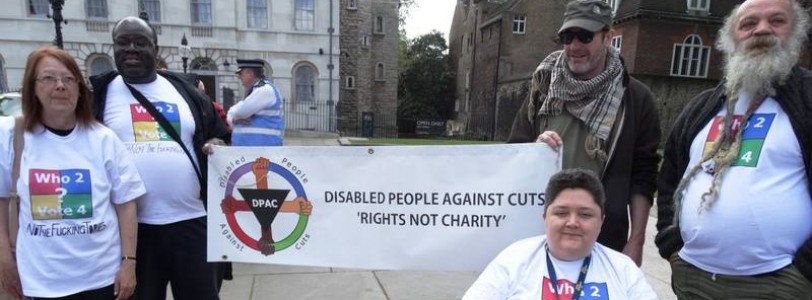
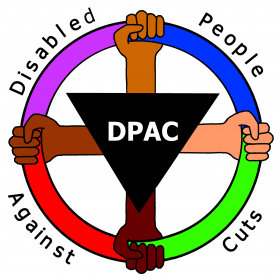
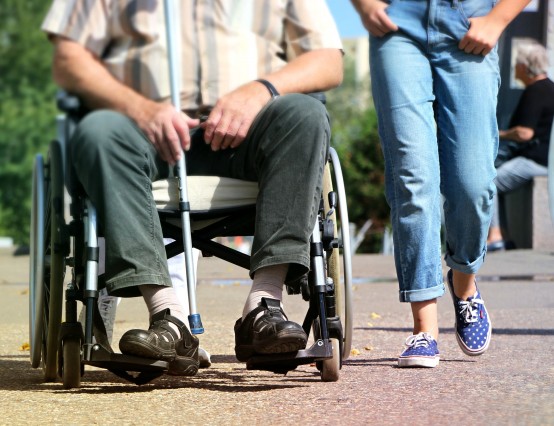
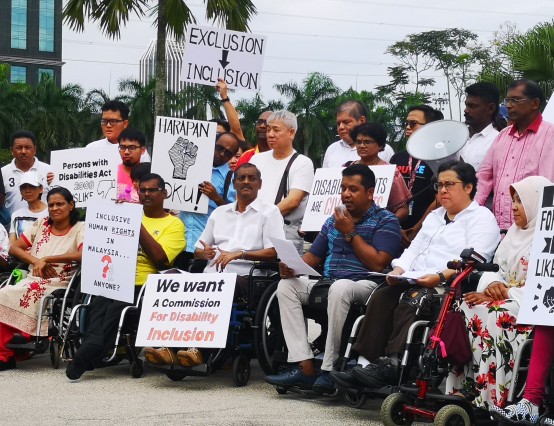
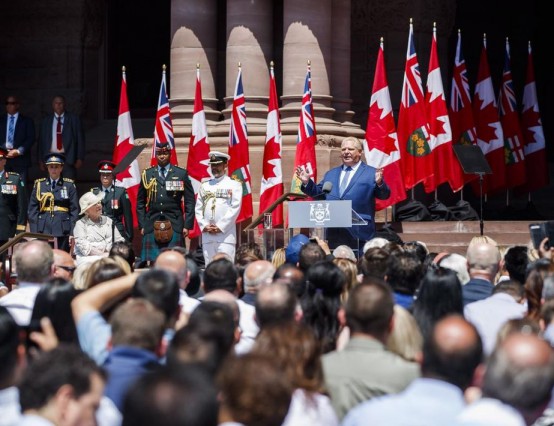



0 Comments